Studies by the American Cancer Society in Philadelphia show that green tea, olives, and fruits without pits contain components, which are quite beneficial and potent against the battle with cancer. According to the scientists, these substances may eventually have a huge effect on the disease, and most importantly, a mixture from them might be used as a tool for stopping the growth of tumors in the body.
In their first research study, scientists from Ohio created a gel based on freeze-dried raspberries, which helped prevent tumor growths from becoming malignant.
According to the American Cancer Society, oral cancer cells are one of the deadly forms of cancer which cause 7500 deaths annually in the US alone. This is because in such cases, chemotherapy barely helps at all, while surgical removal is way too risky.
In cases where the results are favorable and the patient survives, the consequences are horrific and in many of the sick, the cancer reappears even after it has been removed in the beginning.
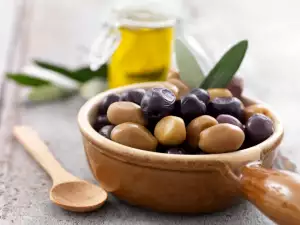
Cancer of the mouth is exceptionally dangerous and society desperately needs faster results and discoveries of methods for its treatment.

Most cases begin with small benign formations in the oral cavity, which are almost unnoticeable. Such was the case with the patients who submitted to testing in the study in Ohio. The participants were divided in groups. The first group contained 20 persons, who had similar unknown formations in the oral cavities and 10 healthy participants.
The raspberry gel was applied to the problem areas after every meal and before bed, with the use of the gel being at least 4 times throughout the day. The gel, made from raspberries, looks like a jam but does not possess the sweetness of raspberries, since it does not contain sugar.
After 6 weeks, the following results were observed: 35% showed an improvement, 45% stabilized and 20% worsened. No side effects were registered after the experiment.
The researchers conducted tests with sample cells procured from the participants, comparing their indicators before and after treatment. Before treatment, the cells taken from the growths showed high levels of 2 proteins, iNOS and COX-2. After the given treatment, the indicators of these 2 proteins showed that they lowered their levels significantly.
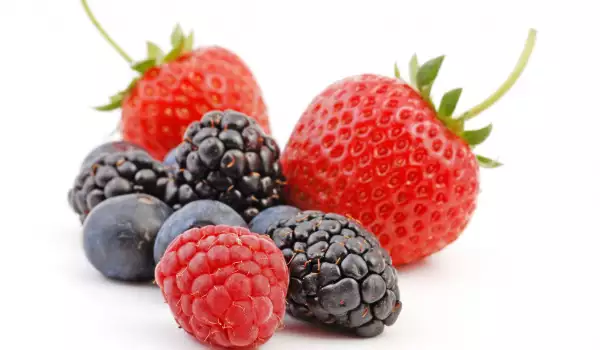
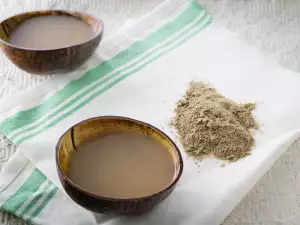




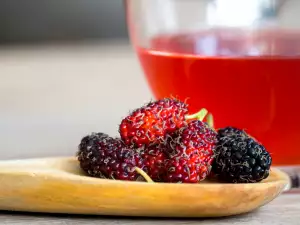

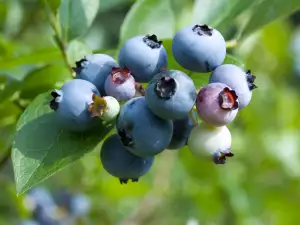


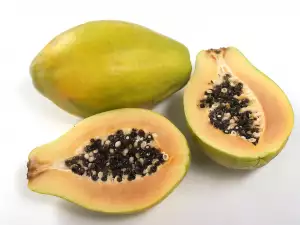

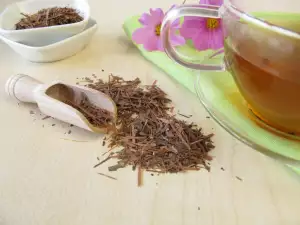





Comments